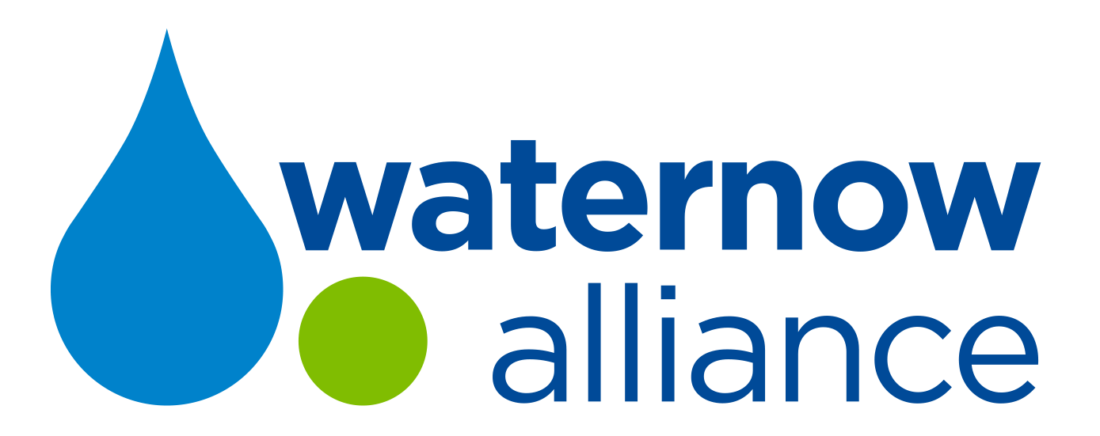Last week, I had the honor of joining over 150 water leaders from around California for conversation and collaboration between water and Big Data. Connecting elected officials, cities, utilities, water technology, and academics, the event coalesced around the goal of breaking down barriers to effective water management and planning for our collective futures.
Discussions about big data are as timely as ever. Around the country, but especially in California, the need for city resilience and resource planning is especially important in the face of intensifying wildfires, drought, and the ongoing pressures of growth. While water utilities have always been data-focused, the age of ‘Big Data’ presents a fundamental opportunity in the market of understanding water, and predictive data can help us understand and alter future outcomes.
I wanted to share some of the key takeaways from this event, and opportunities for action in the future.
Driving Data to Action
Big data is complex and unless well-presented, can actually hinder progress instead of support it. Two key sessions of this Summit focused on how to make data more digestible and manageable, allowing it to better be utilized by utilities, elected officials, cities and water users themselves.
Gonzalo Cortez a Project Scientist at UCLA and Glen Low, Co-Founder of The Earth Genome, presented on the opportunities introduced by the Aspen Institute report “The Internet of Water”. They discussed how better knowledge of what is happening at the state-level can increase our knowledge of current and future water supplies, thus driving smarter and more efficient water policy and management for all practitioners from the Governor down to the individual customer.
On a more micro-level, Lauren Steely a Water Resource Analyst at Metropolitan Water District, Nicole Beck, Founder of 2nd Nature and Lindsey Stuvick, Water Efficiency Manager at Moulton Niguel Water District, talked about how data can drive individual utilities and cities to better understand the water in their service area. From where water comes from, to how and when it’s used, to how safe it is, and the effects of pricing, the more we understand about water, the better our decisions will be. Assessing our current data systems, potential for growth, and current needs, will help us to adapt our systems to meet water management for the future.
Water Efficiency as a Tool for Water Management
Water efficiency is an essential part of the water manager’s toolbox as they work to provide reliable service to customers. Water reliability and resilience requires creating balance between supply and demand. Presenters from Eastern Municipal Water District, Rancho California Water District, and the Metropolitan Water District shared how they are already integrating their efficiency plans into future forecasting for water use and water needs in the next 5, 10 and even 50 years to plan for a reliable future.
However, efficiency can also have challenges. Decreased water use means less revenue for utilities, impacting their ability to provide essential services to their customers. Drew Atwater, Director of Planning at Moulton Niguel Water District, presented on the financial opportunities available to utilities through decoupling, as already seen in much of the California energy industry.
Additionally, the growth of smart apps and technologies such as AMI, leak detection devices, and smart irrigation controllers provide great opportunities for both providers and customers alike to understand and modify their water use. While these technologies can be expensive to implement, Jordan Wildish from Earth Economics discussed new financing options available to utilities through a recent Governmental Accounting Standards Board (GASB) ruling allowing utilities and cities to debt finance non-traditional infrastructure as never seen before. You can learn more about these exciting changes here.
Collaboration is Key
Water has, historically, been a challenging industry for innovators to operate in. While the energy sector has seen incredible gains and growth in the past 25 years, and there is new water technology emerging on the market that has the potential to entirely disrupt the industry, change has been slow coming to the water sector. Collaboration and cooperation is not often common even amongst every-day water practitioners, presenting a barrier for those outside the industry trying to share lessons learned and important knowledge.
However, increasing challenges faced by the industry, from aging infrastructure to a changing climate to growing populations, are stressing an already burdened system. Innovation is desperately needed, as is collaboration. Two sessions at the Summit presented on these challenges and opportunities. “Creative Collaboration: Enabling Tech and Water Agency Partnership” dove into the difficulties of RFPs and the procurement process, while also highlighting creative solutions to break through long-standing barriers preventing innovation. While “Data Best Practices in Silicon Valley” asked what can the water industry learn from Silicon Valley innovators in energy, land use and other areas where data science has made a positive public impact.
Ultimately, water practitioners from all fields cannot be afraid to challenge the status quo and bring new opportunities for advancement and break through long-standing barriers preventing innovation.
--
The conference underlined the overall message that data makes us better prepared for the future.
Some presenters highlighted the influence of data to better understand water, from where it comes from to where it eventually goes, while others highlighted the importance of implementing data to make us more relevant in the changing workforce and better plan and adapt to the future.
Regardless of what it takes to get us there, adapting the industry to understand where we are and tomeet future needs and challenges is essential to ensure we’re ready to meet the challenges of tomorrow. Data may not be the magic pill, but it is an important step to get us there.
--
WNA was one of the co-hosts of this event, along with the California Data Collaborative, a coalition of 14 utilities using open source data analytics to build a new “data infrastructure” in California, Moulton Niguel Water District, the Southern California Water Coalition, Eastern Municipal Water District, USC, UCLA, the California Water Efficiency Partnership and Alliance for Water Efficiency.

